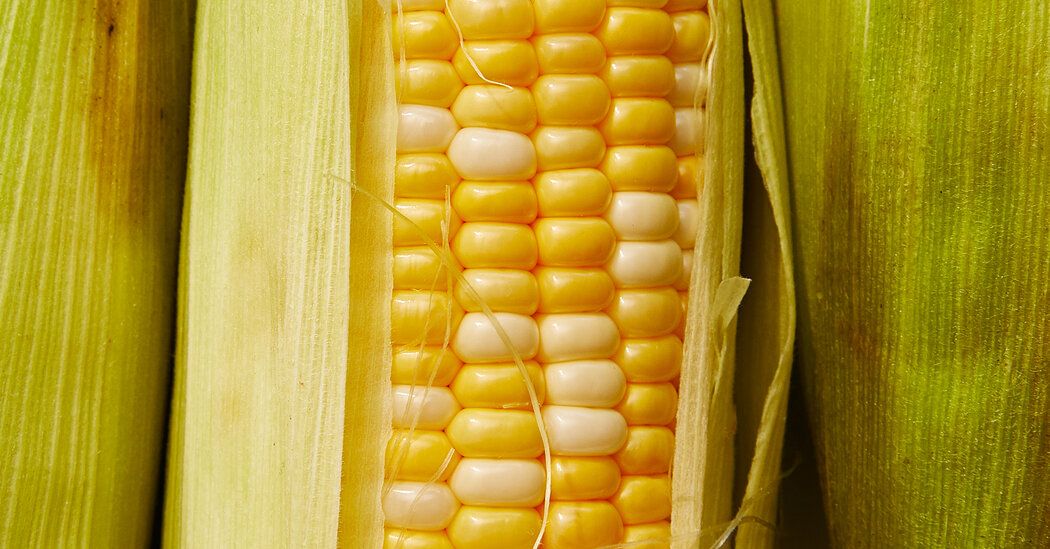Corn sometimes gets a bad rap on the health front. (It gives us high-fructose corn syrup, after all.)
But sweet yellow corn has little in common with processed corn byproducts, said Dr. Ana Baylin, an associate professor of nutritional sciences at the University of Michigan. It’s a pretty healthy vegetable, whether it’s fresh off the cob in summer, or canned or frozen the rest of the year.
Here’s what nutrition experts had to say about sweet corn, and recipes from New York Times Cooking to help you enjoy it.
It promotes digestion.
One cup of sweet corn contains about three grams of fiber. The bottom of the kernel and its outer shell are particularly high in insoluble fiber, said Dr. Rui Hai Liu, a professor of food science at Cornell University. Because your stomach and small intestine can’t break down insoluble fiber, it remains intact as it moves through your digestive system. This helps keep you regular.
“Insoluble fiber can help bulk the stool and ease constipation,” said Candice Schreiber, a clinical dietitian at the Ohio State University Comprehensive Cancer Center. It’s normal to see undigested kernels in stool if you happen to swallow a few without chewing them, she said. Even though our bodies don’t break down insoluble fiber, good bacteria in the colon — key players in a healthy gut microbiome — still feed on the undigested material.
Getting enough fiber may help lower your colon cancer risk, Ms. Schreiber said. And it’s been shown to reduce the risk of diabetes and coronary heart disease. While recommendations vary depending on age and sex, most people should try to eat at least 21 to 38 grams of fiber daily.
